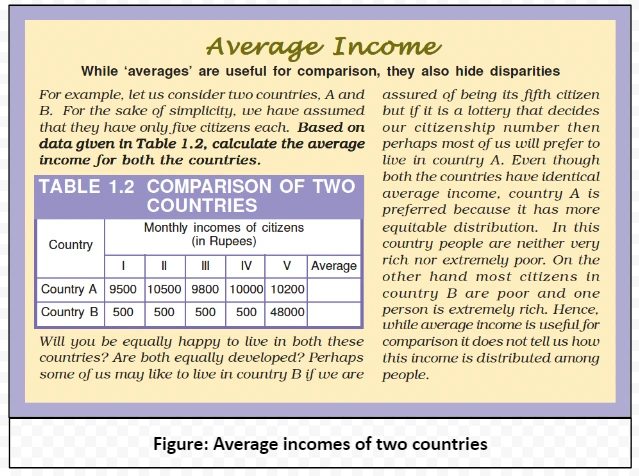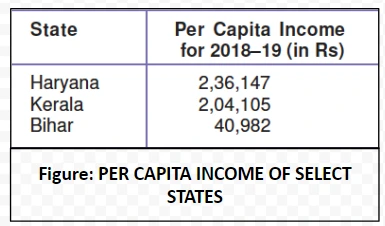![]() 4 Dec 2023
4 Dec 2023
It is very important to keep in mind that different persons could have different as well as conflicting notions of a country’s development. However, can all the ideas be considered equally important?
National development means thinking about these questions.
National development status of a country is categorized as either “developed” or “developing” based primarily on their per capita income.
This classification provides a framework for understanding a country’s economic standing in the context of national development.




Explanation of some of the terms used in this table:
Infant Mortality Rate (or IMR) indicates the number of children that die before the age of one year as a proportion of 1000 live children born in that particular year.
Literacy Rate measures the proportion of literate population in the 7-and-above age group.
Net Attendance Ratio is the total number of children of age group 14 and 15 years attending school as a percentage of total number of children in the same age group.

<div class="new-fform">
</div>